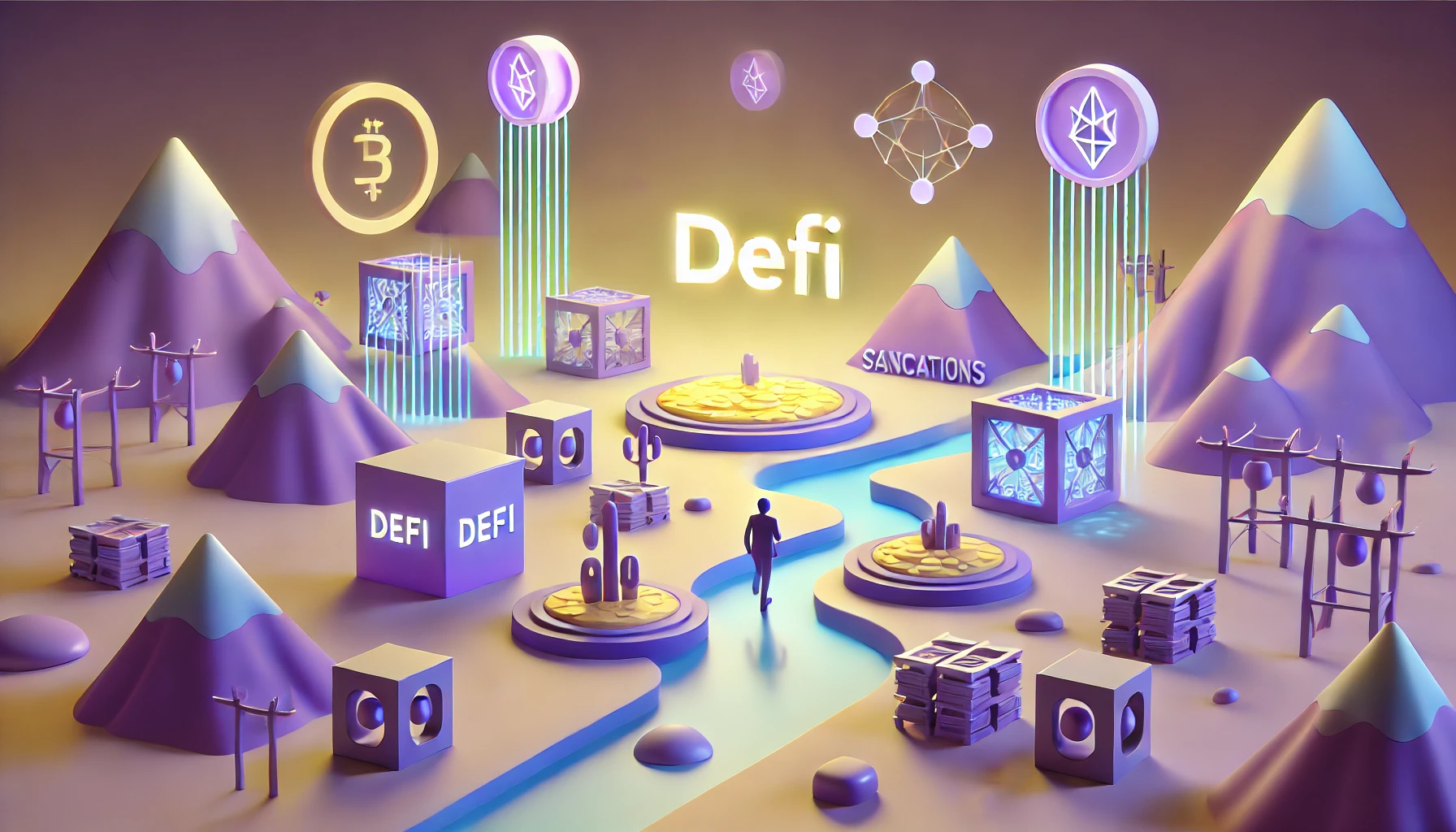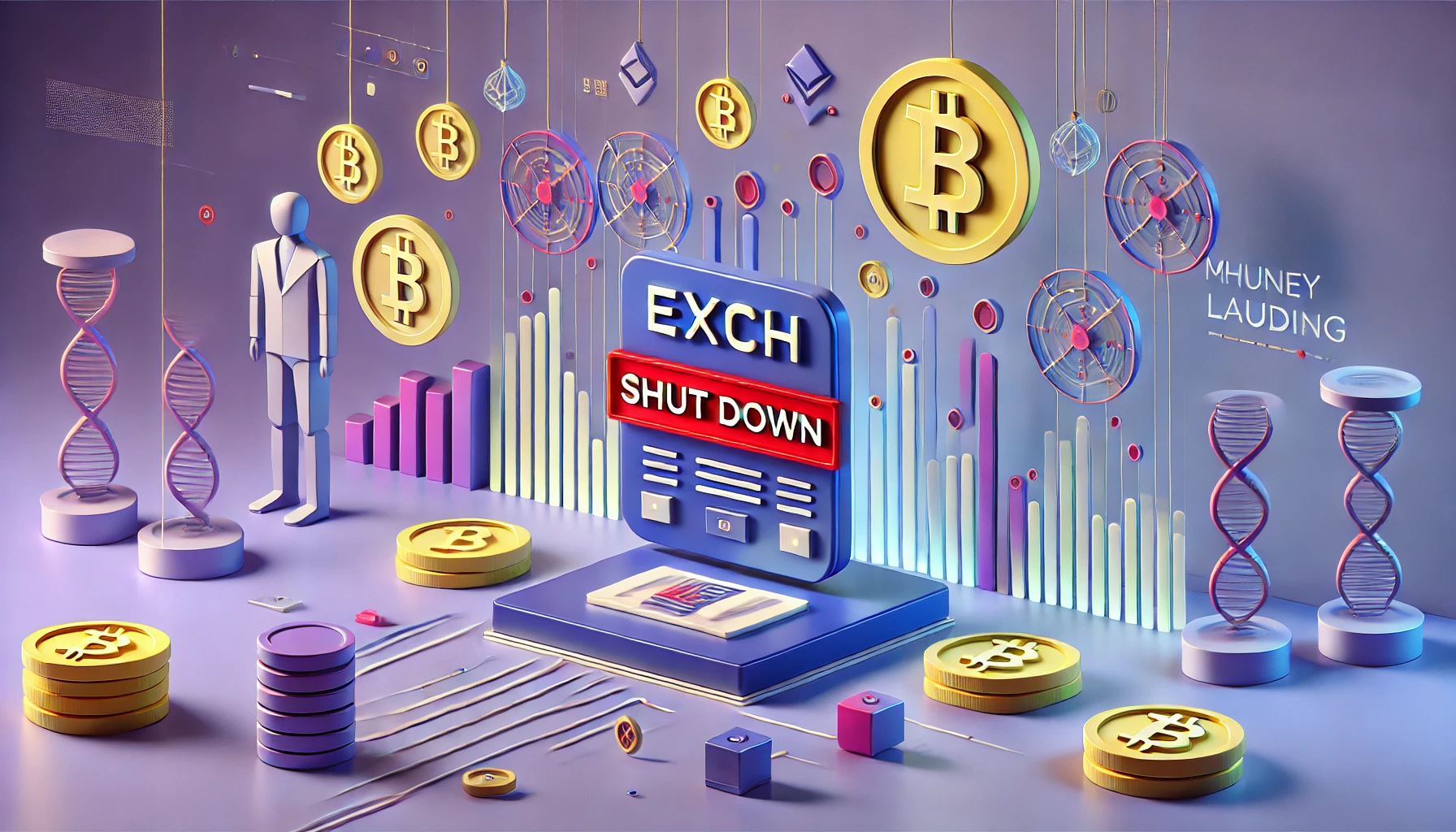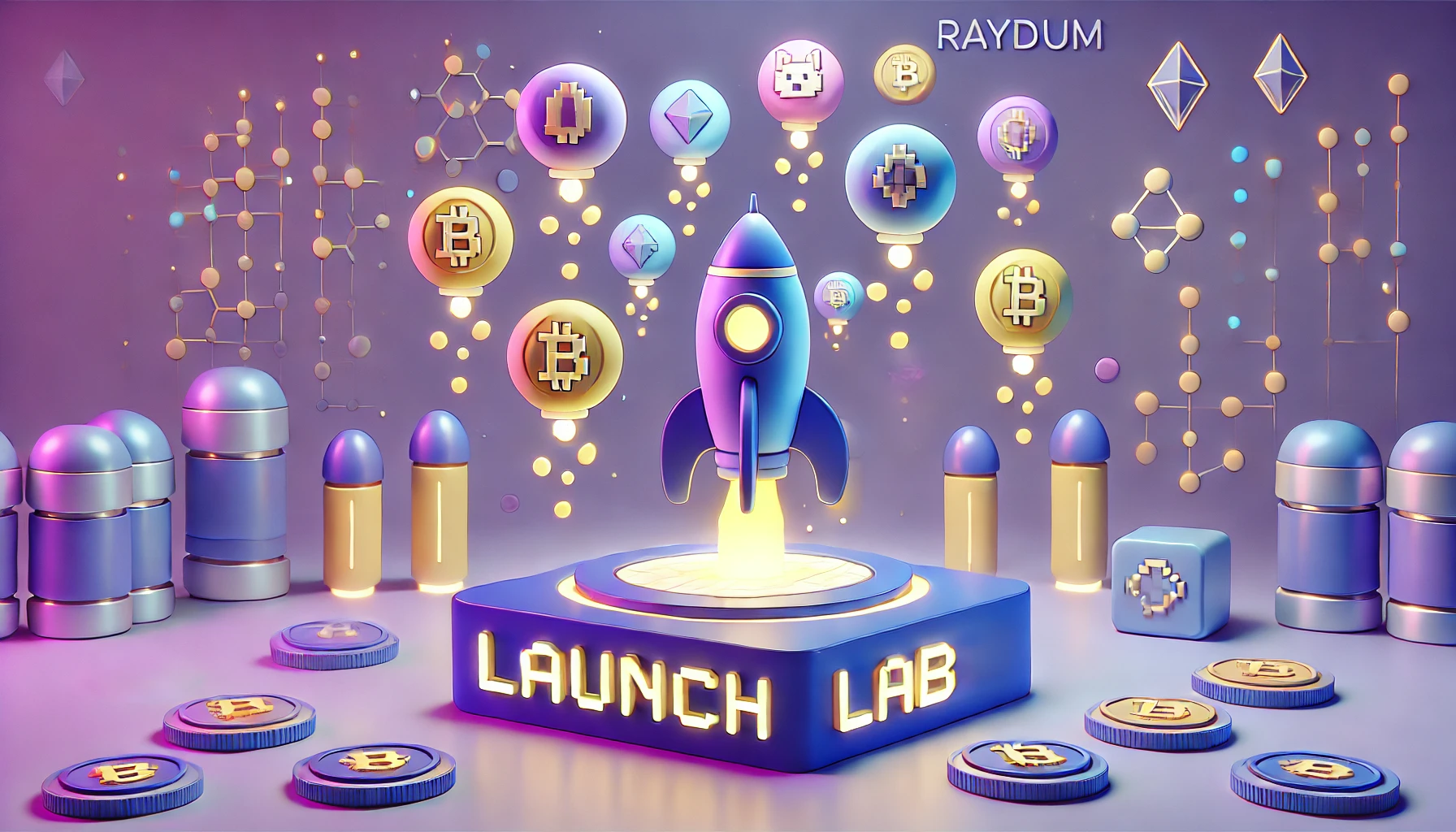The Solana blockchain surpasses Ethereum by becoming the platform of choice for new decentralized application developers. (dApps). This evolution marks a significant turning point in the cryptocurrency ecosystem, where Solana is establishing itself as a key player thanks to its speed, low transaction costs, and ability to handle a large number of operations simultaneously. This article explores the reasons for this rise, the implications for Ethereum and the cryptocurrency landscape, as well as the future prospects for Solana.
The strengths of Solana
One of the main reasons why Solana attracts new developers is its ability to offer fast and low-cost transactions. Unlike Ethereum, which has long suffered from congestion issues and high fees, Solana allows users to conduct transactions in a matter of seconds at negligible costs. This operational efficiency is particularly attractive to developers looking to create high-performance applications without worrying about the prohibitive costs associated with transactions on Ethereum.
Moreover, Solana’s technical architecture, which relies on an innovative consensus mechanism called “Proof of History,” allows the blockchain to process up to 65,000 transactions per second. This impressive capacity attracts not only developers of decentralized applications but also those interested in creating complex financial solutions and other blockchain-based services. By offering a robust and scalable infrastructure, Solana positions itself as a serious alternative to Ethereum in the development of decentralized applications.
The repercussions on Ethereum and the cryptocurrency market
The fact that Solana is becoming the preferred platform for new developers has significant implications for Ethereum. Historically, Ethereum has been the undisputed leader in the space of smart contracts and dApps. However, this new dynamic could prompt Ethereum to accelerate its efforts in terms of innovation and network improvement. With the transition to Ethereum 2.0, which aims to address some scalability and efficiency issues, it will be crucial for the platform to regain the interest of developers and users.
At the same time, the rise of Solana could also influence the global cryptocurrency market. As more and more projects choose Solana as the foundation for their development, this could lead to increased market diversification, with a multitude of applications operating on different blockchains. This evolution could also stimulate competition between platforms, pushing each to innovate further to attract developers and users.














